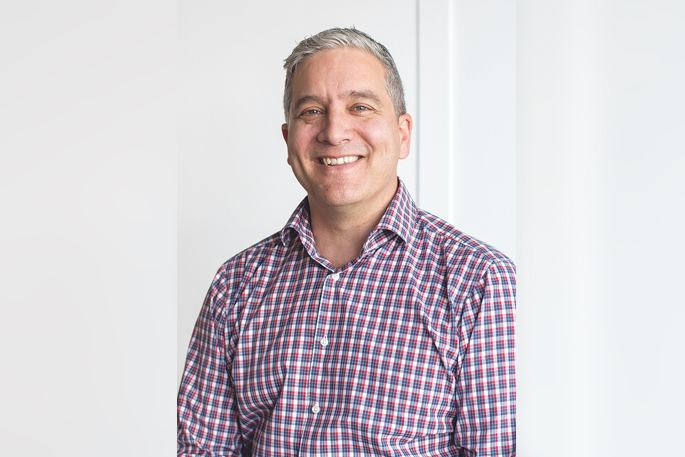The installation of eight hydrogen production and refuelling stations throughout the country will begin in the coming months.
The stations mark the first phase of a project by New Plymouth-based business Hiringa Energy, which is designed to accommodate heavy vehicles powered by hydrogen.
Once completed, the network will service 100 per cent of the North Island and 82 per cent of the South Island’s heavy freight routes.
Changing the fuel model
Hiringa chief executive officer and co-founder Andrew Clennett says he is pleased with how the project is progressing.
“Our first stations are currently in the consenting phase, and equipment is being ordered,” says Andrew.
“We are essentially shifting the logistics of the fuel supply chain from an import and distribute model to a locally produced and consumed model.
“It’s a little disruptive for the traditional transport fuel model, but we are pleased with the way it has come together, working with the existing sector.”
Carbon-neutral cartage
Locations for the first eight stations include Tauranga, Hamilton and Palmerston North, and are on track to be completed by the end of 2022.
As well as being on main freight routes, the locations have been selected based on access to renewable energy and/or hydrogen supply, as well as proximity to businesses that can potentially operate a suitable fleet, such as industrial complexes, dairy factories, ports and airports.
The stations will cater for fuel cell electric vehicles, which use hydrogen fuel cells to generate a current by combining oxygen from the atmosphere and hydrogen from a tank. The only tailpipe emission produced in this process is water vapour.
Hiringa recently signed a vehicle supply agreement with US company Hyzon Motors, which aims to have 1500 heavy fuel cell electric vehicles on New Zealand’s roads by 2026.
Chicken or the egg
Andrew says the typical challenge associated with hydrogen for transport is what comes first: infrastructure or the vehicles?
“Commitment to the hydrogen fuel cell trucks relies on the establishment of hydrogen refuelling infrastructure,” he explains, “and the commitment to refuelling infrastructure establishment relies on fuel cell trucks being available to underpin the investment.
“We have a very talented team, both on the engineering and technical side but also on the finance and commercial side, so we have managed to come up with a solution which has the ‘chicken and egg’ arriving together.”
Hiringa has also partnered with TR Group, TIL Freight and Waitomo Fuel.
Trucks the target
The target market for the refuelling network is the heavy transport and the industrial sector, because the benefits of hydrogen fuel suit the needs of the sector, says Andrew.
“Hydrogen performs most effectively for the high payload, high mileage applications where the vehicle needs to stay on the road, providing a service day and night, and covering many kilometres.
“These vehicles produce the most emissions in a diesel fleet, so hydrogen will help transport operators rapidly decarbonise their fleets without compromising their existing service.
“We often see people expecting a two horse race between hydrogen and battery electric for zero emission transport with only one winner. In reality it’s going to need a mix of both technologies, including biofuels, with each playing to its strength.”



0 Comments
Leave a Comment